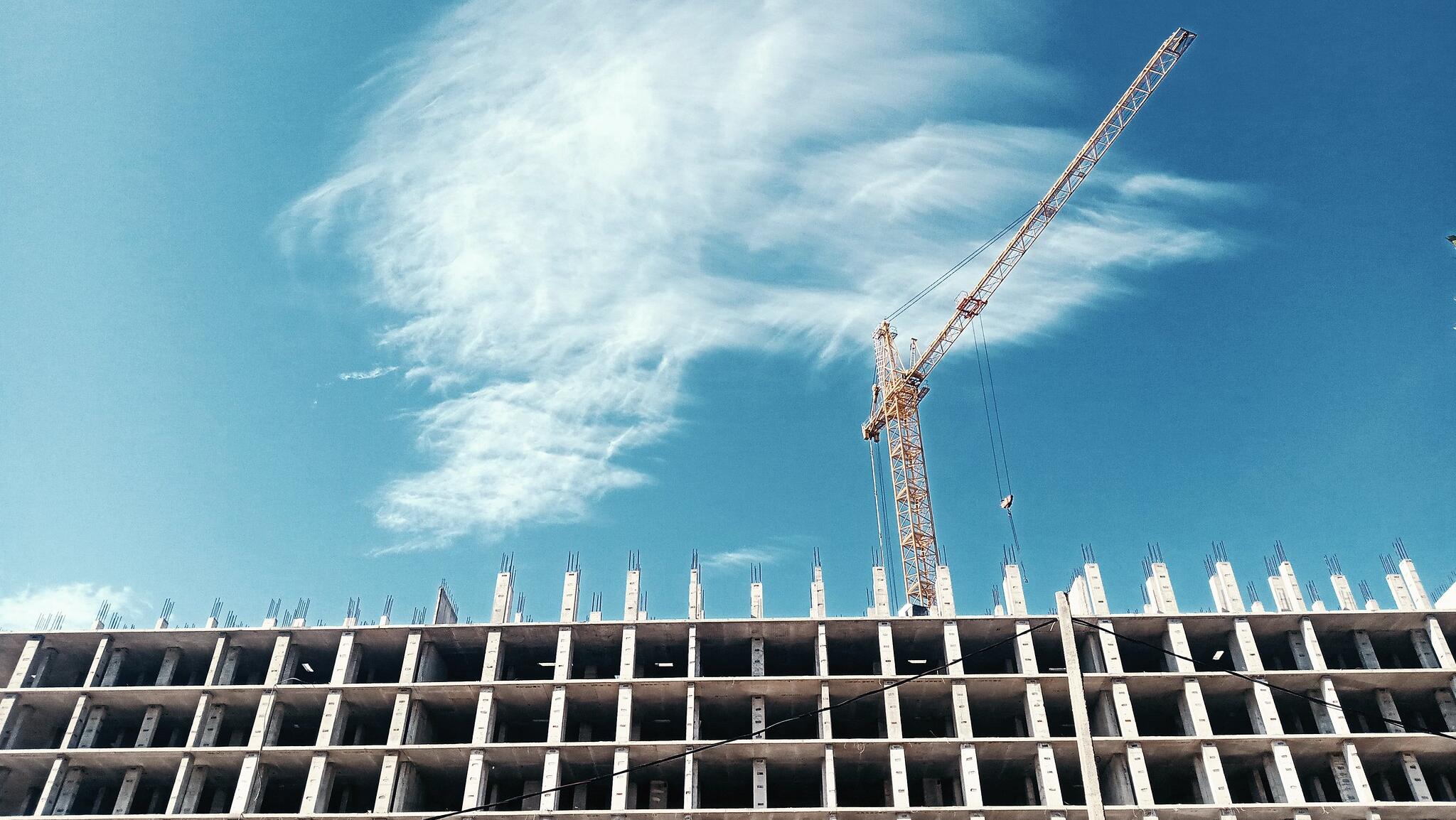Australia is facing hefty worker shortages, as well as reduced infrastructure investment towards transport, according to the Australian government's Infrastructure report released today.
Figures showed that a decline in transport investment ran parallel to an increase in investments on buildings and utilities as the nation transitions to cleaner energy practices.
Transport spending declined by $32 billion, while buildings and utilities have grown to $71 and $16 billion respectively and analysis showed there will be a six-fold increase in renewable energy projects across all Australian construction activity over the next five years.
Infrastructure Australia Chief Executive Adam Copp said this was due to "some governments coming off of significant investment in transport projects and changing focus to addressing the housing crisis and transitioning to a net zero future”.
However, the government's $213 billion five-year Major Public Infrastructure Pipeline is facing shortages of workers and expensive materials, leading to extensive project delays and blown out budgets.
The report estimated there were less than 200,000 workers engaged in infrastructure from August of this year - only around half the 395,000 required - but still better than predicted in 2023 by roughly 30,000 workers.
Material costs also remain high, having increased on average 4.3% in the past 12 months and are on average 30% higher than they were three years ago.
Infrastructure Australia chief commissioner, Tim Reardon noted that demand has been far outweighing supply, leading to cost increases and project timelines being delayed.
“While this year we find demand to be easing, it’s clear there is more work to do, with skills shortages and cost escalations persisting," Reardon said.
Copp agreed, saying 7% of the pipeline, or $15 billion of planned construction work has been “hampered by project delays” and that better management around infrastructure demand will be needed in coming years.
